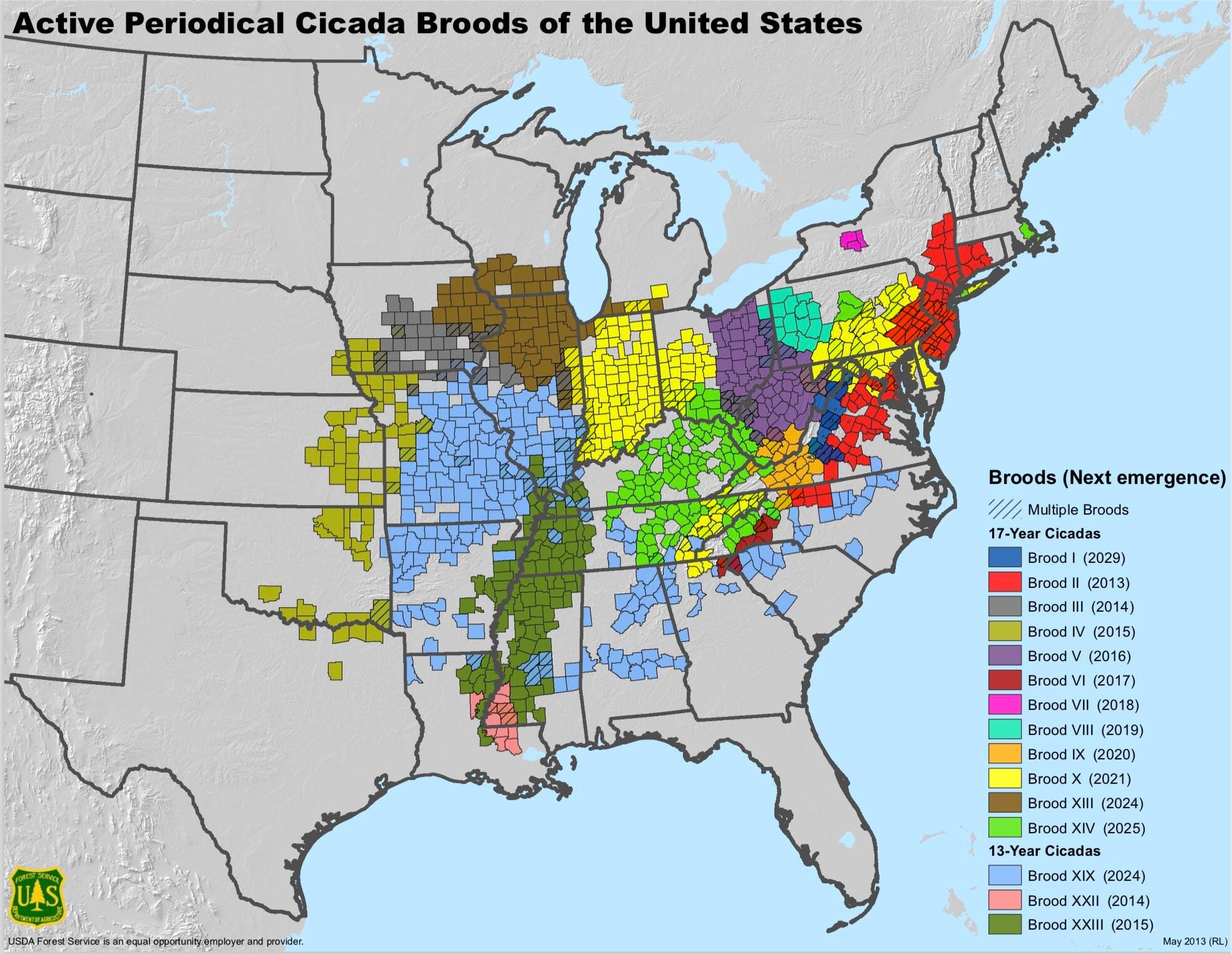
 3
3




“It’s said war—war never changes. Men do, through the roads they walk. And this road—has reached its end.”
 3
3




 1
1




 4
4




 4
4




'What we do now echoes in eternity.' Marcus Aurelius
How Permies Works Dr. Redhawk's Epic Soil Series
 1
1




Gardens in my mind never need water
Castles in the air never have a wet basement
Well made buildings are fractal -- equally intelligent design at every level of detail.
Bright sparks remind others that they too can dance
What I am looking for is looking for me too!

 2
2





Permaculture...picking the lock back to Eden since 1978.
Pics of my Forest Garden
 2
2




Pearl Sutton wrote:I have never seen cicadas en masse, I'm a desert rat who moved to Missouri.
I'm very interested, I have heard of them all my life.
Will they damage my plants? Anything I need to plan to do?
Edit: Just looked up a map, I'm not getting any but the annual ones here.
 3
3




Pearl Sutton wrote:I have never seen cicadas en masse, I'm a desert rat who moved to Missouri.
I'm very interested, I have heard of them all my life.
Will they damage my plants? Anything I need to plan to do?
“Action on behalf of life transforms. Because the relationship between self and the world is reciprocal, it is not a question of first getting enlightened or saved and then acting. As we work to heal the earth, the earth heals us.” ~ Robin Wall Kimmerer
 4
4




 1
1




greg mosser wrote:when they’re heavy, they can do a lot of damage. i visited a chestnut orchard in ohio a few years ago in fall, they’d had their 17-year hatch out earlier that year. they were harvesting about a tenth of their usual take. the end 14” or so of almost all the branch tips were dead. not kill-the-trees bad, but a big blow to production for the year.
“Action on behalf of life transforms. Because the relationship between self and the world is reciprocal, it is not a question of first getting enlightened or saved and then acting. As we work to heal the earth, the earth heals us.” ~ Robin Wall Kimmerer
 1
1




 3
3




Joylynn Hardesty wrote:
Anybody else gonna eat them?
Check out my podcast! https://allaroundgrowth.buzzsprout.com/ ~ Community Group Chat: https://t.me/allaroundgrowth








 11
11




![Filename: Cicada1.png
Description: [Thumbnail for Cicada1.png]](/t/154670/a/143802/Cicada1.png)
'What we do now echoes in eternity.' Marcus Aurelius
How Permies Works Dr. Redhawk's Epic Soil Series
 5
5




Joylynn Hardesty wrote:How to butcher a bug:
Gardens in my mind never need water
Castles in the air never have a wet basement
Well made buildings are fractal -- equally intelligent design at every level of detail.
Bright sparks remind others that they too can dance
What I am looking for is looking for me too!

 4
4




 4
4




 4
4




Check out my podcast! https://allaroundgrowth.buzzsprout.com/ ~ Community Group Chat: https://t.me/allaroundgrowth








 2
2





'What we do now echoes in eternity.' Marcus Aurelius
How Permies Works Dr. Redhawk's Epic Soil Series
 4
4





Gardens in my mind never need water
Castles in the air never have a wet basement
Well made buildings are fractal -- equally intelligent design at every level of detail.
Bright sparks remind others that they too can dance
What I am looking for is looking for me too!









 1
1




'What we do now echoes in eternity.' Marcus Aurelius
How Permies Works Dr. Redhawk's Epic Soil Series
 2
2




 4
4




Nothing ruins a neighborhood like paved roads and water lines.

|
No, tomorrow we rule the world! With this tiny ad:
The new kickstarter is now live!
https://www.kickstarter.com/projects/paulwheaton/garden-cards
|



